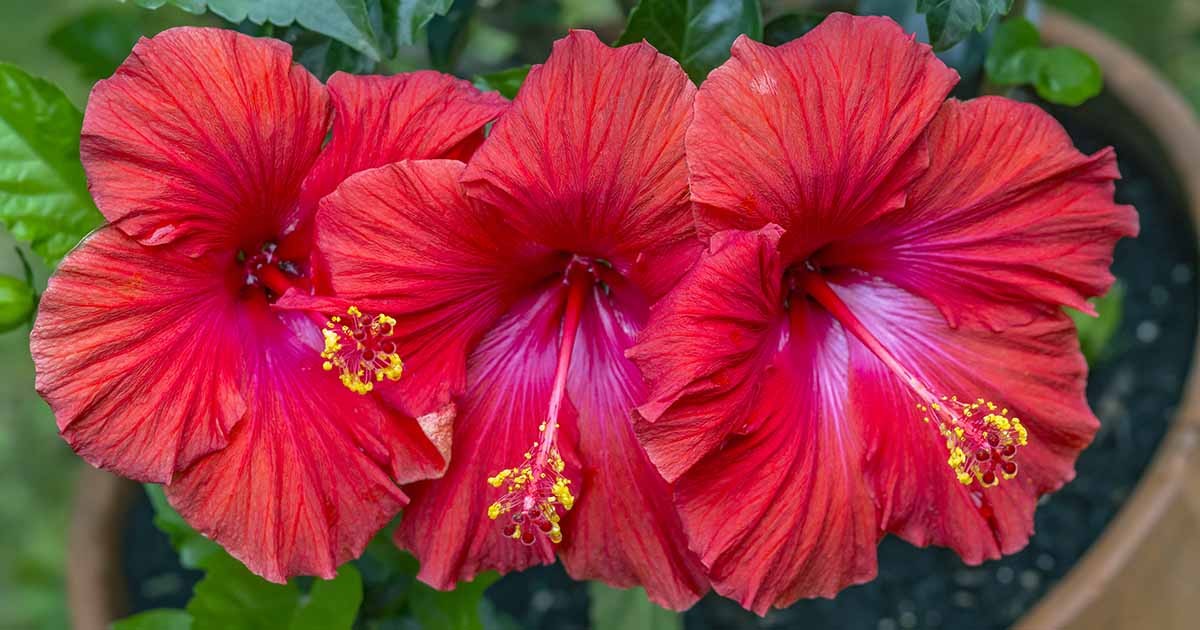
The Hibiscus (Hibiscus rosa-sinensis): A Deep Dive into its History and Characteristics
The Hibiscus, with its vibrant petals and tropical allure, is more than just a pretty face in the world of botany. Scientifically known as Hibiscus rosa-sinensis, this flower has a rich history that spans cultures and continents, and its unique characteristics make it a favorite among gardeners, herbalists, and nature enthusiasts alike. In this article, we'll explore the captivating journey of the hibiscus, from its ancient origins to its modern-day significance.
Historical Roots of the Hibiscus
The hibiscus is believed to have originated in Asia and the Pacific islands. Ancient civilizations, including the Egyptians and the Chinese, have long revered the hibiscus for its medicinal properties and aesthetic appeal.
Ancient Egypt: The Pharaohs of ancient Egypt believed that hibiscus tea could help regulate body temperature and treat heart and nerve diseases. It was also associated with lust and passion, often used in love potions.
Asia: In ancient China, the hibiscus was a symbol of wealth and fame, while in India, it was considered sacred and often used in religious ceremonies.

Characteristics of the Hibiscus
Appearance: The hibiscus is known for its large, trumpet-shaped flowers that can range in color from red, pink, and orange to yellow and white. The flower typically has five petals, although some species can have more.
Varieties: There are over 200 species of hibiscus. The most common is the Hibiscus rosa-sinensis, often used as an ornamental plant. The Hibiscus sabdariffa, or roselle, is used to make the popular hibiscus tea.
Growth: Hibiscus plants prefer a tropical or subtropical climate, but with proper care, they can thrive in temperate zones as well. They need ample sunlight and well-draining soil.
Medicinal Properties: Hibiscus has been used in traditional medicine for centuries. It's believed to help lower blood pressure, support liver health, and provide relief from menstrual pain.

Cultural Significance of the Hibiscus
Hawaii: In Hawaii, the hibiscus is more than just a flower; it's a symbol of hospitality and tourism. The yellow hibiscus, in particular, is Hawaii's state flower.
Malaysia: The hibiscus, or 'Bunga Raya' as it's known in Malay, is the national flower of Malaysia, symbolizing the unity and courage of its people.
Caribbean: In the Caribbean, hibiscus tea, known as 'sorrel,' is a popular drink during the Christmas season.
Modern Uses of the Hibiscus
Today, the hibiscus continues to captivate people worldwide. Its uses have expanded beyond traditional medicine and ornamental purposes.
Culinary Delights: Hibiscus petals are edible and are often used in salads, jams, and as natural food coloring. Hibiscus tea, made from the dried calyces of the roselle, is enjoyed for its tangy flavor and potential health benefits.
Beauty and Skincare: Hibiscus extract is a popular ingredient in skincare products due to its rich antioxidant properties and ability to promote skin elasticity.
Gardening: With its vibrant colors and easy maintenance, the hibiscus is a favorite among gardeners looking to add a tropical touch to their landscapes.
The Hibiscus rosa-sinensis is more than just a beautiful flower; it's a testament to nature's wonders and the rich tapestry of cultures that have cherished it throughout history. Whether you're sipping on a refreshing cup of hibiscus tea or admiring its radiant blooms in a garden, this flower is sure to enchant and inspire.